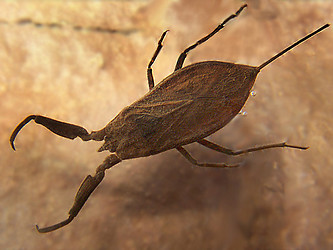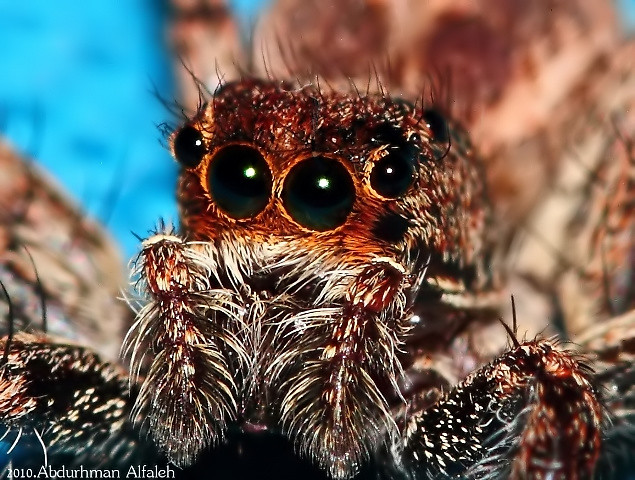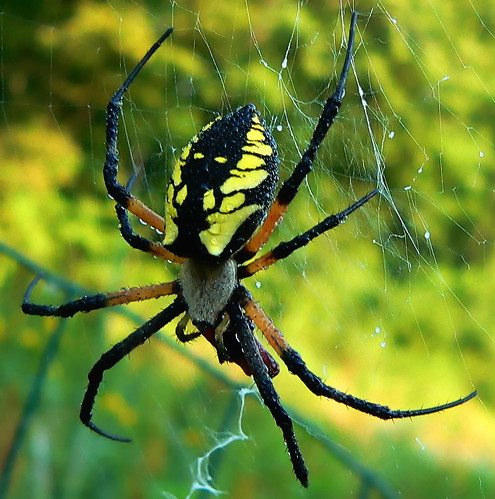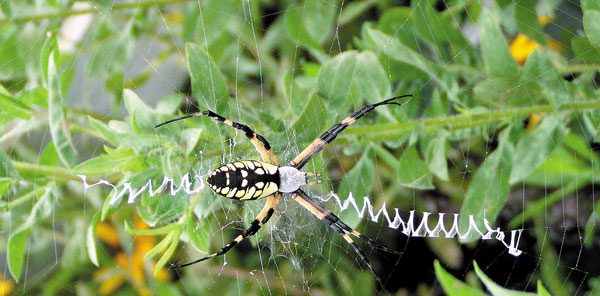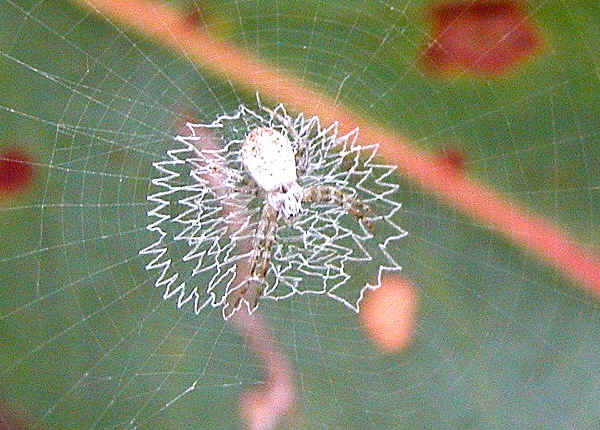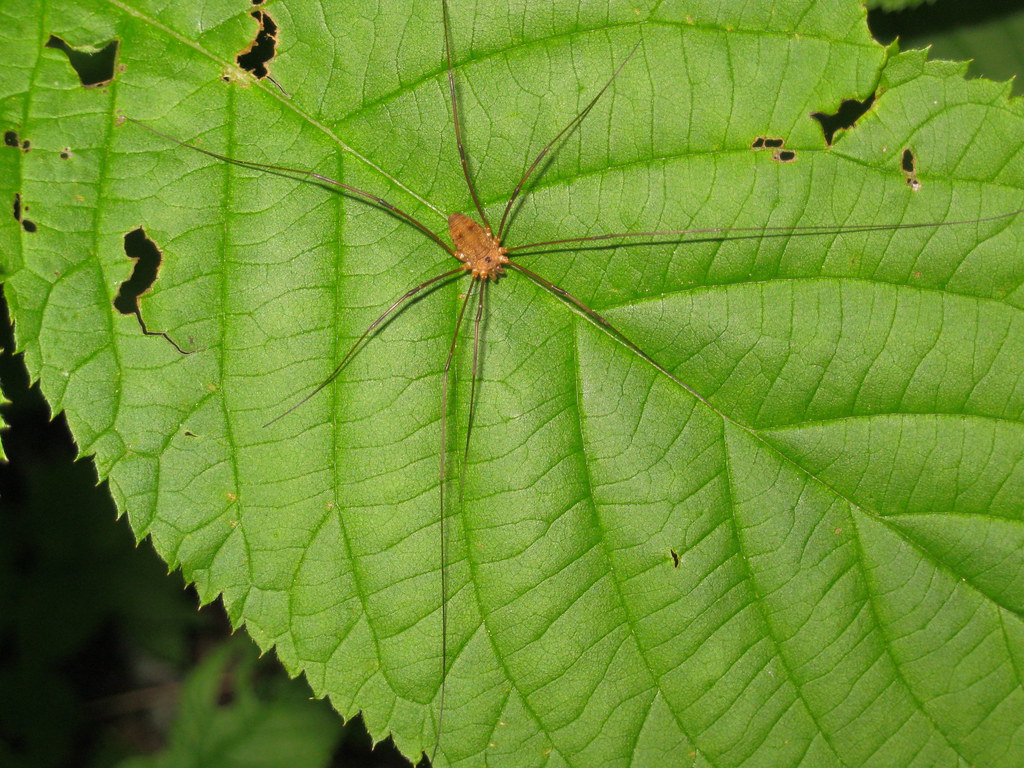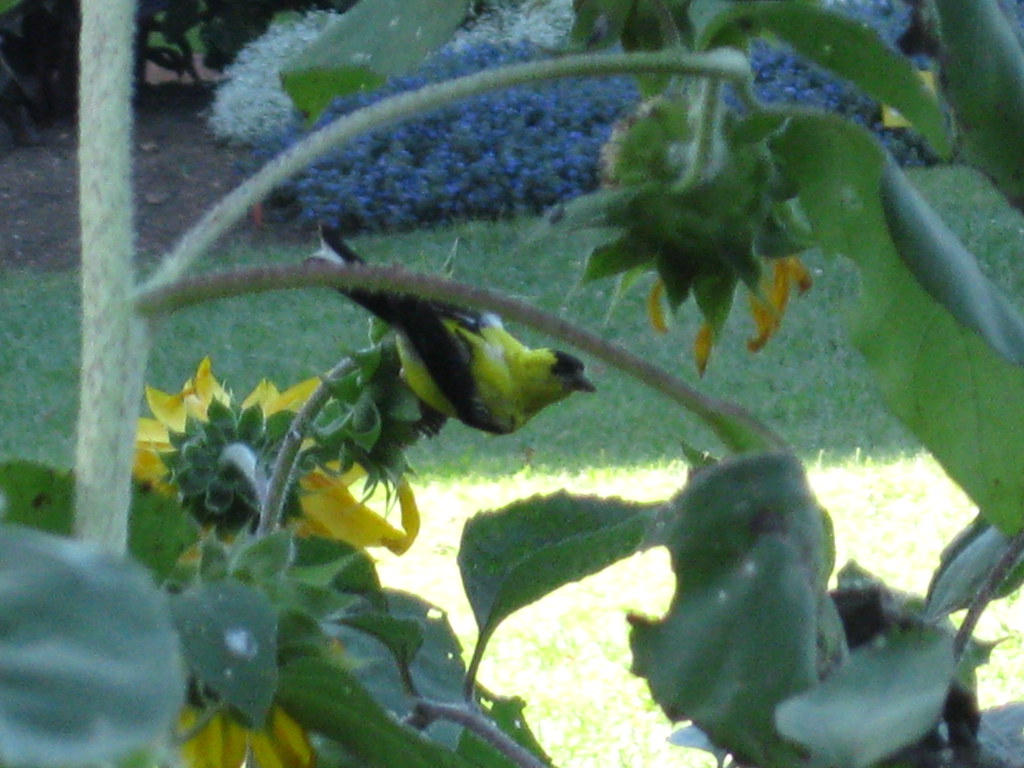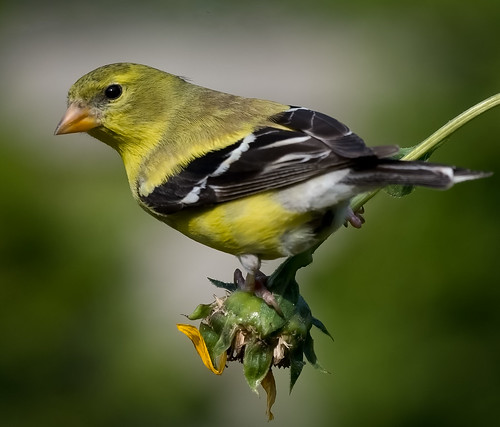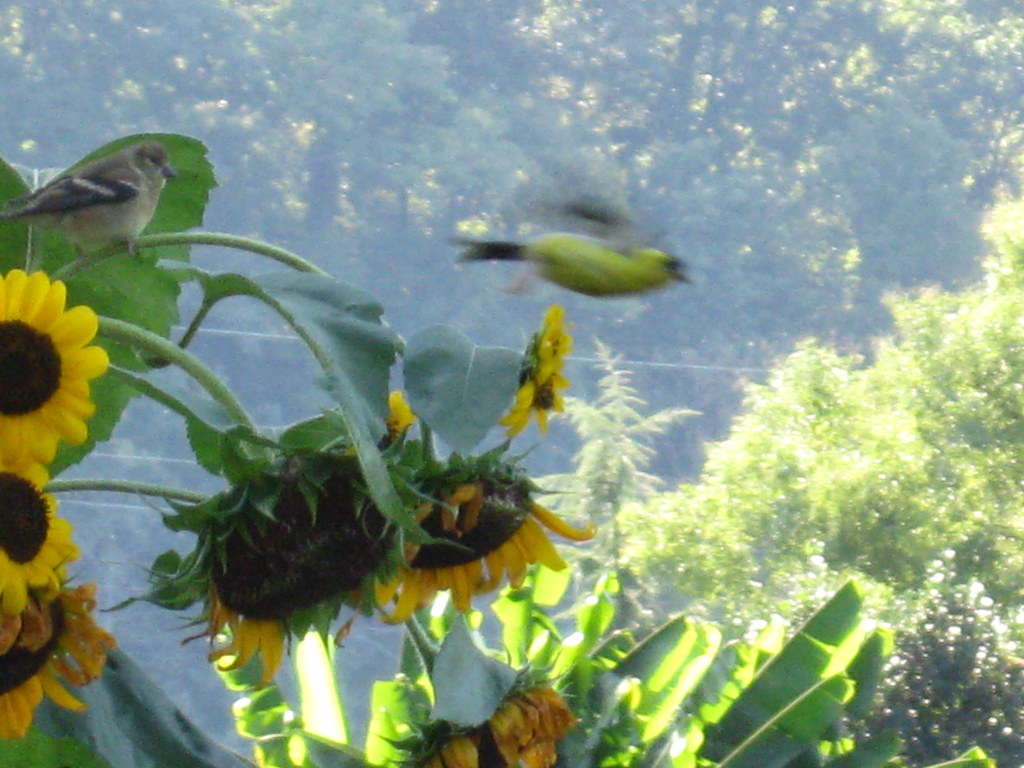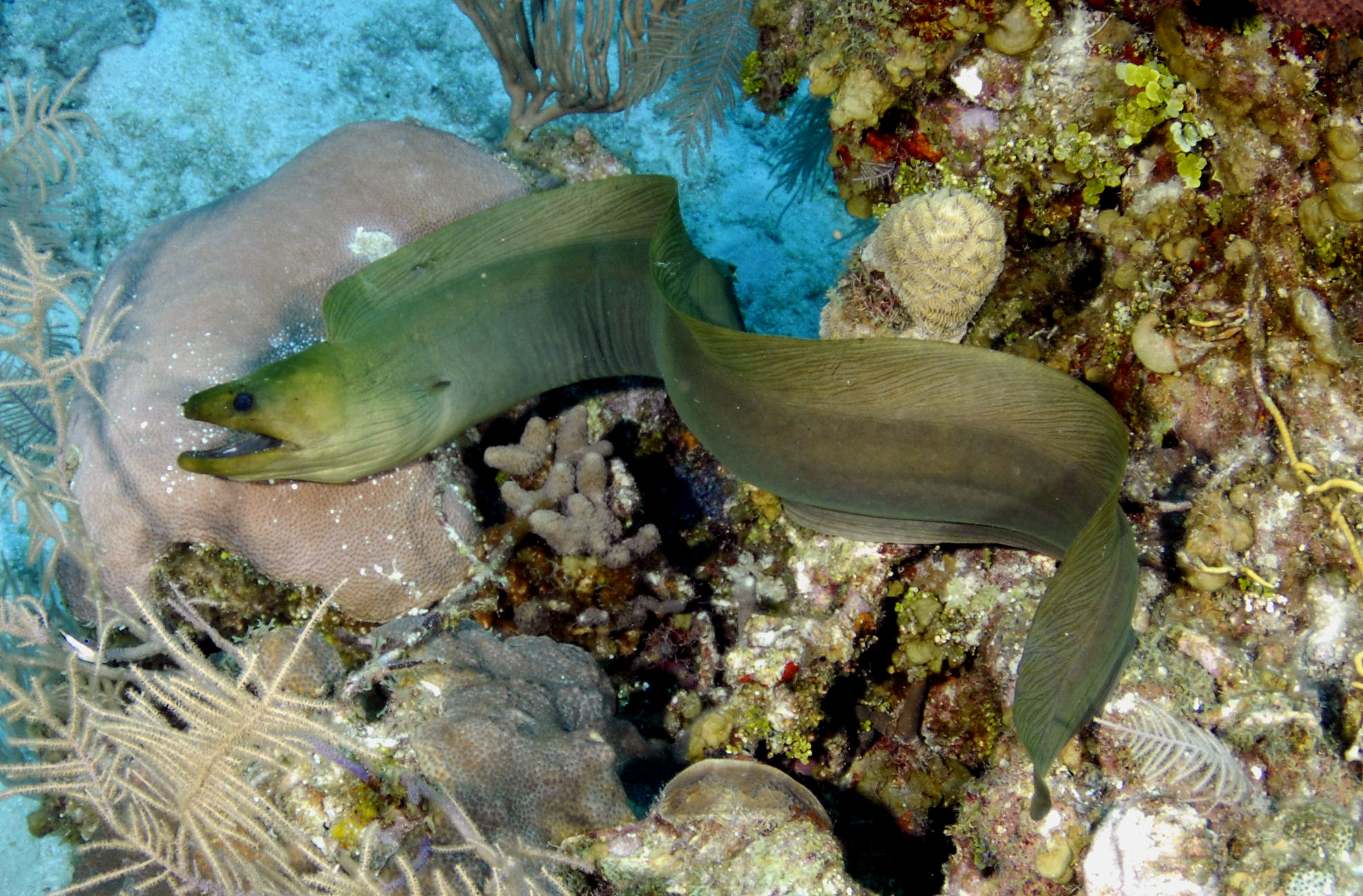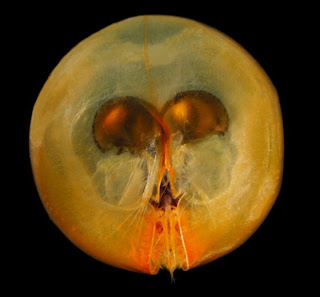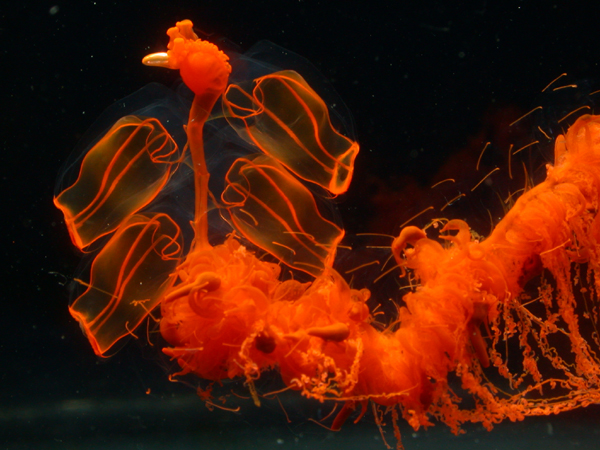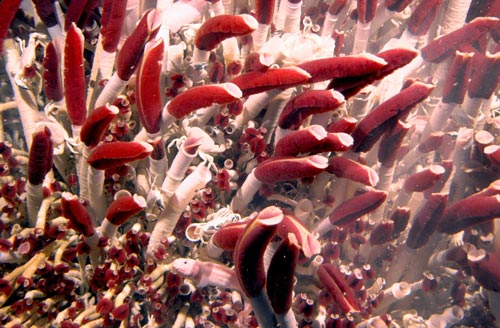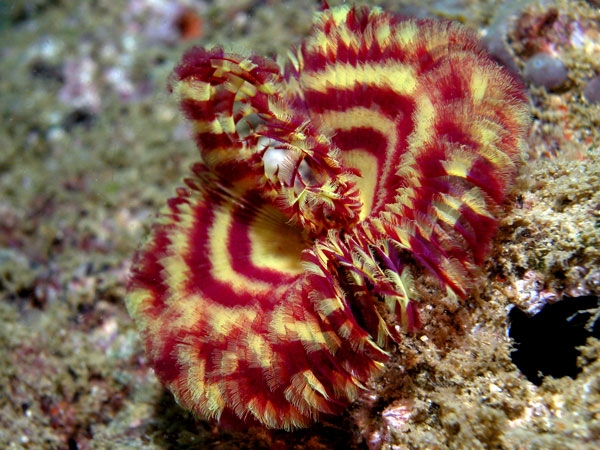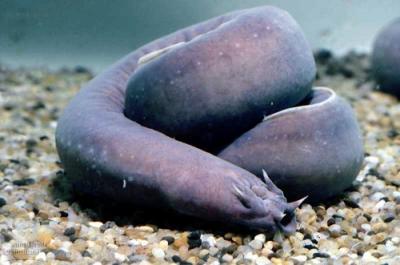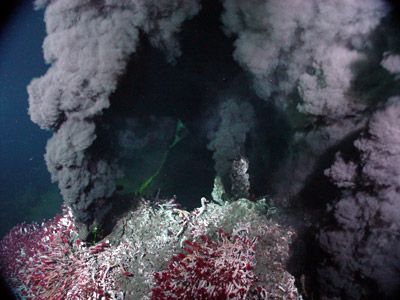Is this an alien from another planet? No! It's a nepid, a type of aquatic hemipteran.
Perhaps you have walked past an insect and casually called it a 'bug'. However, the term 'bug' does not refer to any insect. Bug actually refers to a specific order : Hemiptera. What makes a hemipteran a hemipteran? Hemipterans have piercing mouthparts, in a tube shape, meant for extracting nutriment from prey. No other insects possess such mouthparts. Not all hemipterans are aquatic, but here are some major families of aquatic hemipterans:
Hemipteran mouthparts(close-up image)
One of the most common types of aquatic hemipterans are gerrids, known as water striders. They dwell only in water, and their front wing is half-functional. If you have ever seen a gerrid, you may have noticed how they flawlessly scoot on the surface of the water. How do they do it? Their legs are long and slender, to keep themselves on the surface and reduce weight, and the legs are covered with minute hairs. These hairs prevent the gerrid from being weighted down by absorbing water. Gerrids also exploit water's high surface tension. Water molecules are polar and this causes them to attract to each other. The attractive nature results in the formation of a film-like layer at the top of water. This top layer has gravity acting downward in addition to the water molecules below pulling down the upper molecules. This combination creates a touch surface tension. Like all hemipterans, gerrids are predacious, eating insects found on the water's surface.

Gerrid
Another, less common type of aquatic hempterans are the Notonectids, commonly known as back-swimmers. They are called back-swimmers because of their habit of swimming with their ventral(lower) side up. Most aquatic insects' dorsal sides are darker than the ventral side, but, since notonectids swim upside-down, their coloration is reverse to aid it in camouflage. Just like gerrids, these insects prey on small aquatic organisms in their habitat.


Dorsal side Ventral side
One other insect that looks similar to notonectids are the Corixids(water boatmen). However, their legs are positioned differently, and if you look closely, you can see that they have small hairs on them. These insects are actually not predacious, eating algae and other aquatic plants. Also, unlike unlike notonectids, corixids' bodies are completely flat.
Corixid
Another type of aquatic hemipteran are the Nepids. The photo you saw in the introduction was the rarer type of nepid. The most common ones resemble gerrids, except for their pincer-like front legs, hence their common name water scorpions. Nepids are predacious, catching prey with their powerful pincers.
